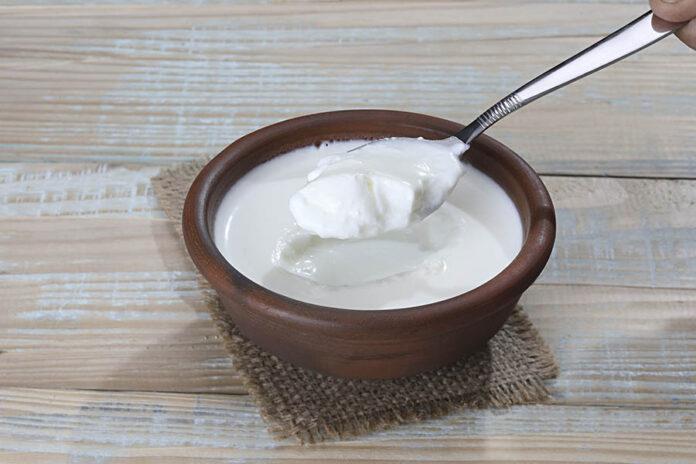Fermentation is a metabolic process that consumes sugar in the absence of oxygen. The products are organic acids, gases, or alcohol. It occurs in yeast and bacteria, and also in oxygen-starved muscle cells, as in the case of lactic acid fermentation.
Lactic acid bacteria have been used to ferment or culture foods for at least 4000 years. They are used in particular in fermented milk products from all over the world, including yoghurt, cheese, butter, buttermilk, kefir and koumiss.
Fermentation is one of the oldest ways of food preservation. This is made possible by the use of Lactic Acid Bacteria or LAB that plays the major role in this process. Even with the absence of oxygen, it drives the reactions of converting the carbohydrate to lactic acid with addition of carbon dioxide and other organic compounds such as mannitol and dextran. It also contributes to smell, taste, texture and colour of the foods. Without LAB, fermentation of sourdough bread, soybean, all fermented kinds of milk, beer, and pickles cannot be carried out. Since they are microaerophilic, which do not utilize oxygen, it cannot cause extreme changes in the food.
The overall fermentation process of fruits and vegetables.
Lactic acid bacteria refers to a large group of beneficial bacteria that have similar properties and all produce lactic acid as an end product of the fermentation process. They are widespread in nature and are also found in our digestive systems. Although they are best known for their role in the preparation of fermented dairy products, they are also used for pickling of vegetables, baking, winemaking, curing fish, meats and sausages.
Without understanding the scientific basis, people thousands of years ago used lactic acid bacteria to produce cultured foods with improved preservation properties and with characteristic flavours and textures different from the original food.
Similarly, today, a wide variety of fermented milk products including liquid drinks such as kefir and semi-solid or firm products like yoghurt and cheese respectively, make good use of these illustrious microbial allies.
The manufacture involves a microbial process by which the milk sugar, lactose is converted to lactic acid. As the acid accumulates, the structure of the milk protein changes (curdling) and thus the texture of the product. Other variables such as temperature and the composition of the milk, also contribute to the particular features of different products.
Lactic acid also gives fermented milk their slightly tart taste. Additional characteristic flavours and aromas are often the results of other products of lactic acid bacteria. For example, acetaldehyde, provides the characteristic aroma of yoghurt, while diacetyl imparts a buttery taste to other fermented milk. Additional micro-organisms such as yeasts can also be included in the culture to provide unique tastes. For example, alcohol and carbon dioxide produced by yeasts contribute to the refreshing, frothy taste of kefir, koumiss and Leben. Other manufacturing techniques such as removing the whey or adding flavours, also contribute to the large variety of available products.
For yoghurt, the manufacturer depends on a symbiotic relationship between two bacteria, Streptococcus thermophilus and Lactobacillus bulgaricus, where each species of bacterium stimulates the growth of the other. This interaction results in a shortened fermentation time and a product with different characteristics than one fermented with a single species.
With yoghurt and other fermented milk, there are considerable opportunities for exploiting lactic acid bacteria as probiotic cultures. These supplements and help our normal gut bacteria to function more efficiently. The worldwide market for these products continues to increase in response to the demands of an increasingly health-conscious public.
Lactic acid bacteria are therefore excellent ambassadors for an often maligned microbial world. They are not only of major economic significance but are also of value in maintaining and promoting human health.





